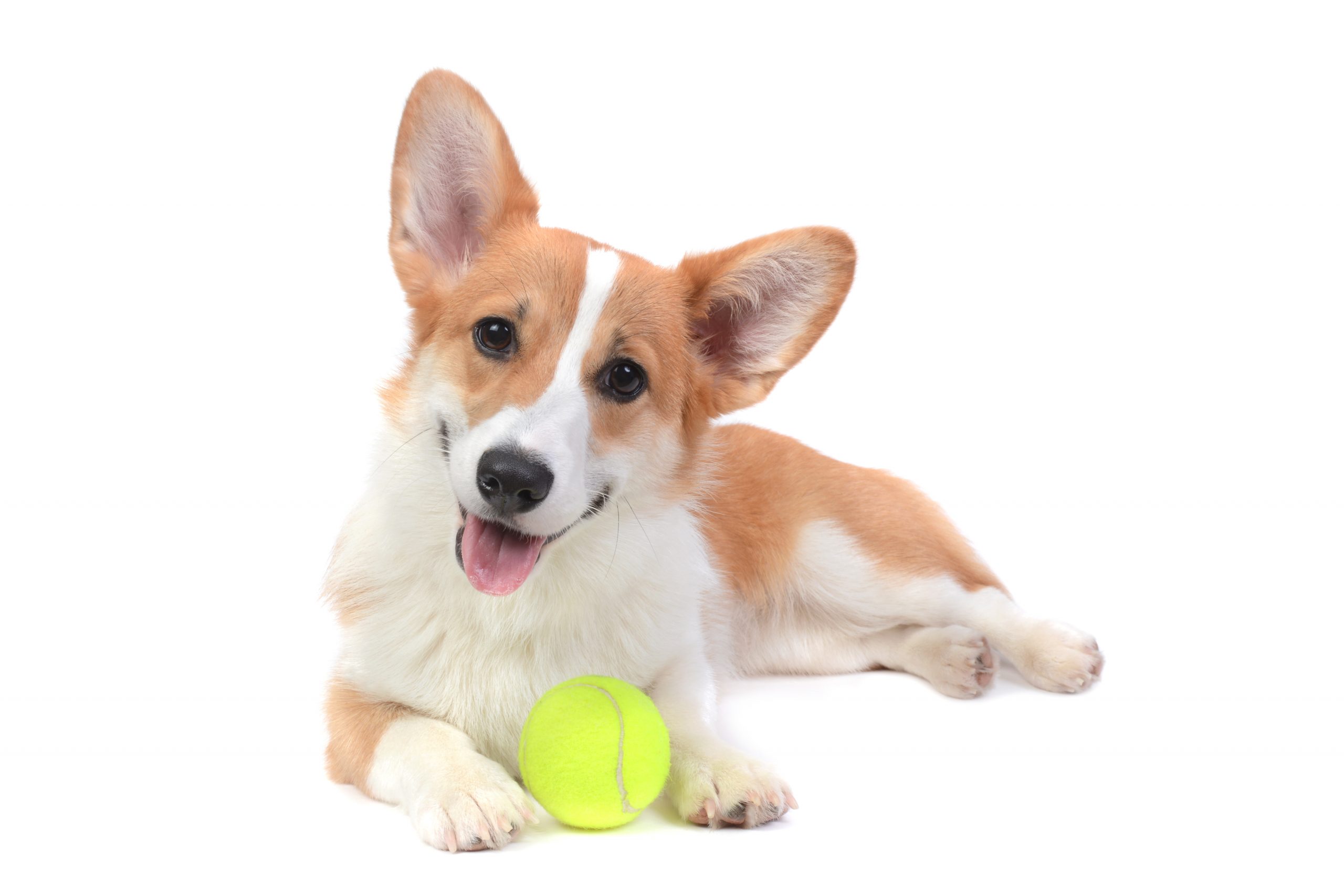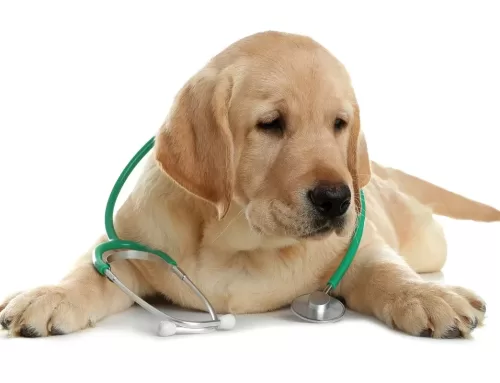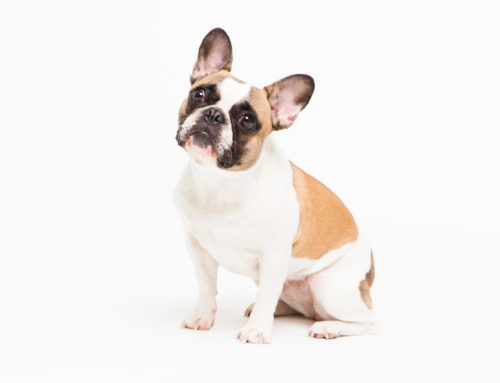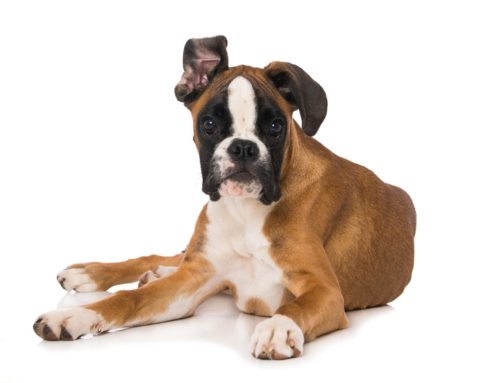Did you know that the most common football player’s injury is an ACL tear? You may have heard the term ACL (anterior cruciate ligament), but did you know that dogs can also tear their ACL? In dogs, the ACL is called the CCL (cranial cruciate ligament) – both terms are used interchangeably. The most common injury of the canine knee is a torn CCL. Lets’ talk about this important and common canine knee injury.
What is the cranial cruciate ligament in the dog?
The CCL is similar to the ACL in humans, but it endures much more force. The CCL in dogs is a crisscrossed ligament, hence “called cruciate” that holds the knee from thrusting forward. Because the dog’s knees are in constant flexion (slightly bent), the CCL always has to work hard to keep the knee in place even when they are just standing. When the CCL ligament is ruptured, it can cause severe pain, inflammation and swelling.
How would I know if my dog has a torn CCL?
Your dog may suddenly limp not being able to place full weight on the hind leg. They often walk by touching their toes on the ground “toe touching”. There are varying degrees of the ACL tear. A minor tear could cause mild lameness while a complete tear may cause your dog to be non-weight bearing lame. If your pet rests, the lameness may improve, but as soon as your pet is active again, the lameness will return.
How does a dog rupture their CCL ligament?
Some common causes of CCL rupture include making sharp turns while chasing a ball or squirrels, jumping off of furniture or high places which places too much force on the CCL thus causing a tear.
There are some predisposed factors that contribute to CCL rupture. Some dogs have genetically higher tibial plateau angle (a steeper slope) which places greater stress on the CCL. As with many joint diseases, obese dogs can have increased risk of CCL rupture due to the amount of weight that is placed on the CCL. Just like people, couch potatoes who become weekend warriors are at a higher risk of injury. Sedentary dogs who rest all week while their owners work, then on the weekends become the dog park warrior are at higher risk for CCL injury.
How is CCL diagnosed?
Your veterinarian will do an orthopedic exam. The examination will start with a visual exam of your pet walking, standing and sitting. If your pet fails the “sit test”, they will sit with their leg out to the side rather than tucking it tight against the body. In chronic cases, there will be muscle atrophy of the affected limb and thickening of the knee called medial buttress. Joint stability will be tested by manipulating the joint to create a “cranial drawer sign”. If there is a CCL tear, there will be forward motion of the tibia in relation to the femur. Your veterinarian will recommend X-Rays of the knee to look for evidence of joint effusion (fluid within the joint) and arthritic changes.
What is the treatment?
Surgical repair of the torn CCL is necessary to return to normal activity. There are several procedures: lateral suture/extracapsular stabilization, TightRope, tibial tuberosity advancement (TTA), tibial plateau leveling osteotomy (TPLO). The appropriate surgical technique will depend on the following: size, weight, breed, age, activity level, and medical history. Your veterinarian will guide you and make the best surgical recommendation.
What is the recovery like?
Depending on the type of surgery performed, recovery to normal function can take up to 12 weeks with proper rehabilitation. Just like humans, after surgery, physical therapy plays an important role in recovery your pet. Rehabilitation requires careful confinement in the beginning not to let your pet get too active. Then, your veterinarian may recommend passive range of motion exercises, stretching, muscle building activities and exercise program.
How can I prevent a CCL injury for my dog?
Because most CCL injuries are usually due to an accident, it is not possible to completely avoid it. However, there are some things you can do to decrease CCL injuries:
- Maintain a healthy weight for your dog.
- Provide proper warm up for your dog before intense exercise.
- Controlled exercise such as leash walks to build good muscle tone.
- Prevent and train your dogs from jumping off of beds and high places.
Dogs that ruptures CCL in one knee will have greater than 50% chance of rupturing the other side. When a dog ruptures the CCL in one knee, they will compensate and use their good side more. Because they place more strain on the good side, they are at risk of rupturing the good side also. Surgical correction of the ruptured CCL is recommended on a timely manner to prevent unnecessary stress on the healthy knee.
Now you know what to look for. If you see your dog showing signs of an CCL tear, please have your dog seen by your veterinarian as soon as possible. If your pet does not have a family veterinarian, call Vetsavers Pet Hospital at 972-939-0900 for a free examination and consultation.






